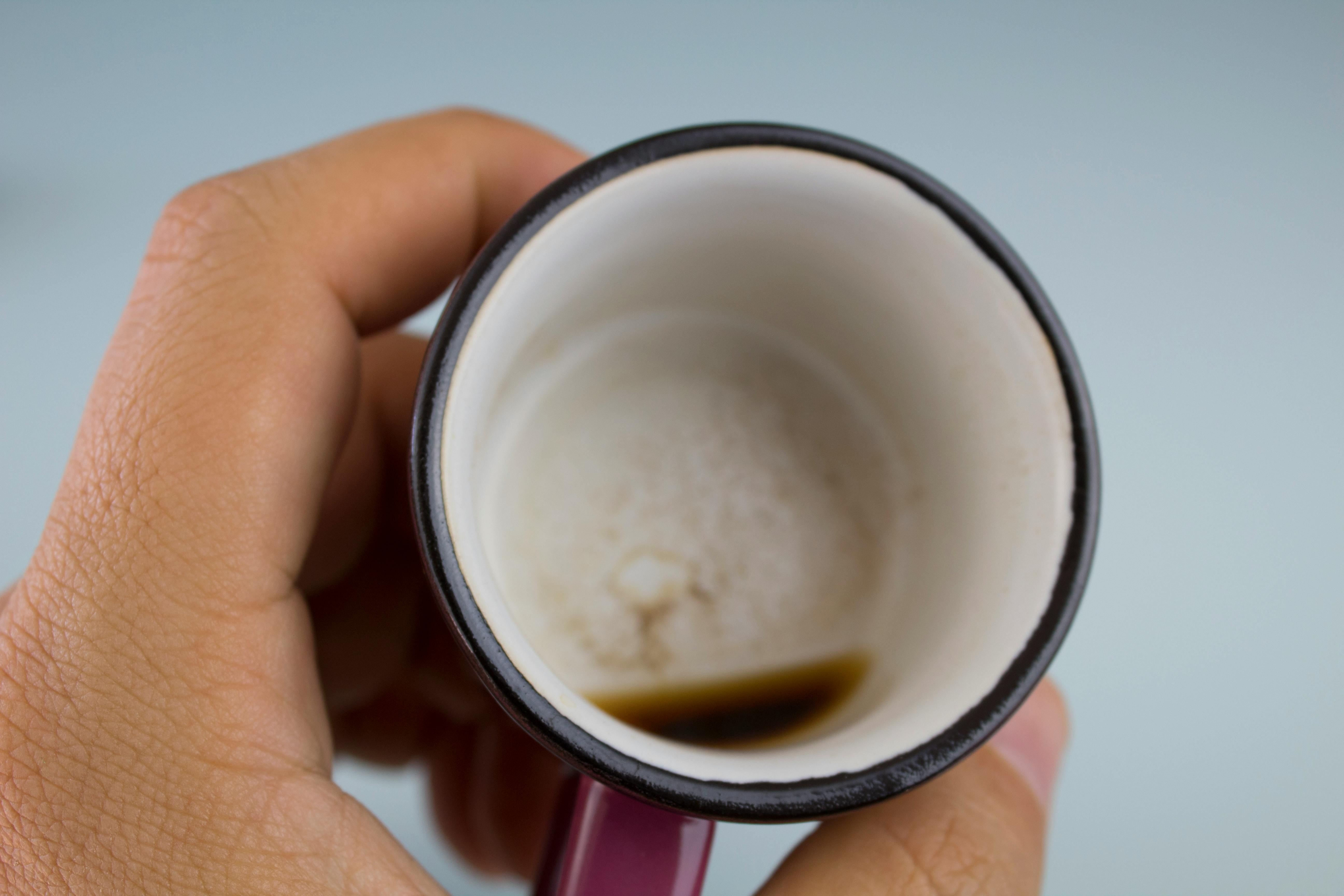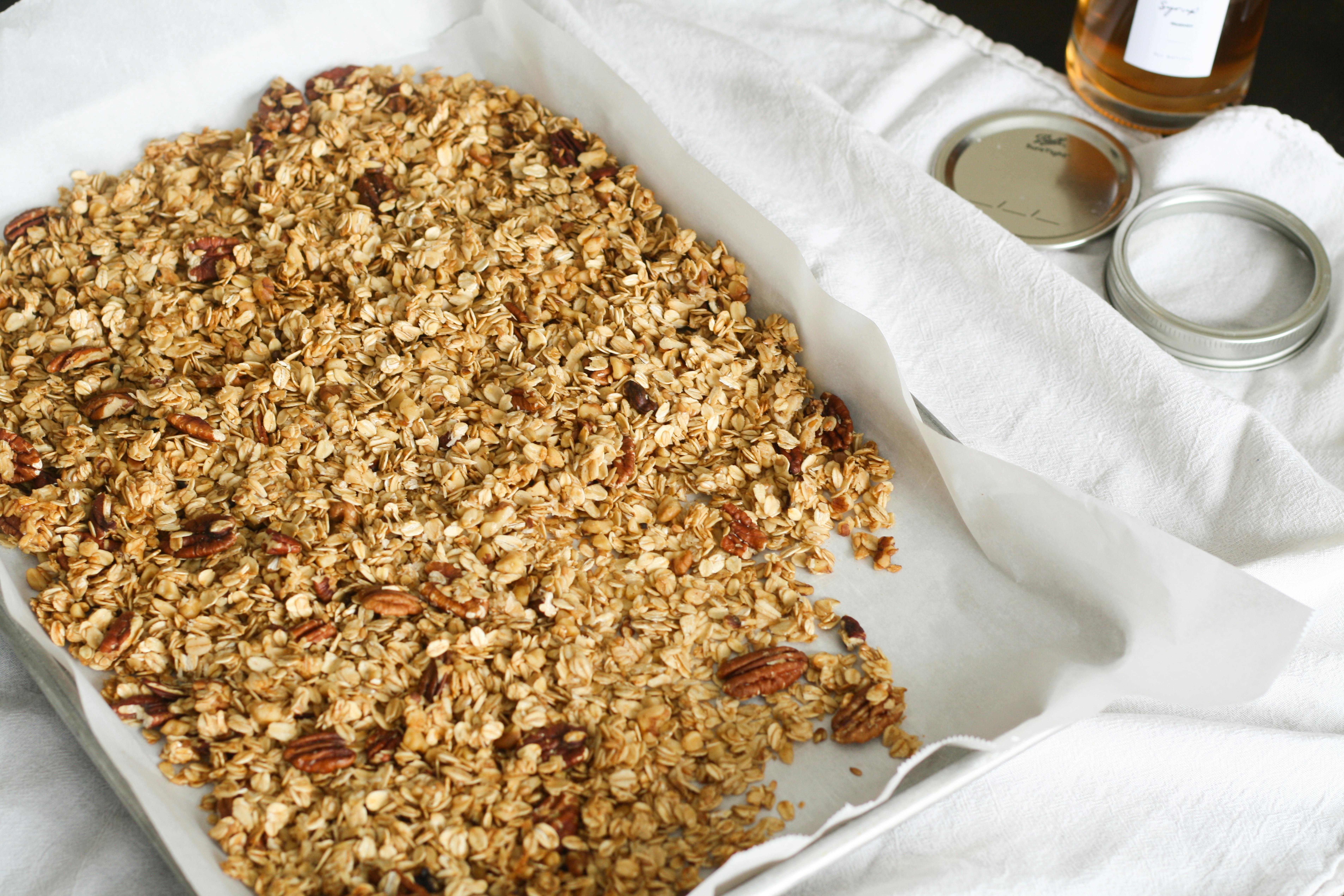Apply Now
Effective Ways to Cook Salmon at 425°: Get Perfect Results in 2025!
Cooking salmon at 425°F offers a perfect balance between optimal flavor and texture. When you learn how long to cook salmon at this temperature, you're ensuring juicy, tender fillets that boast incredible taste and health benefits. Like many parents, if you’re looking for healthy meal prep solutions, incorporating salmon into your weekly menu can be an excellent choice.
This comprehensive guide will walk you through the best practices for baking salmon, with various tips on salmon cooking times, preparation techniques, and seasoning ideas. Whether you're new to cooking or are exploring quick salmon recipes, we’ll provide you with the knowledge needed to serve perfect salmon every time.
You can expect to find insights into the ideal baking temperature for salmon, doneness indicators, and serving suggestions to make your meals delicious and nutritious. So, let’s dive in!
Understanding Salmon Cooking Times at 425°
When baking salmon, one of the most crucial aspects is understanding cooking times. The cooking time primarily depends on the thickness of the salmon fillets. As a general rule of thumb, for salmon cooked at 425°F, you can estimate about 4-6 minutes of cooking time per half-inch of thickness.
For example, a 1-inch thick fillet will take about 12-15 minutes to cook thoroughly. To ensure perfectly baked salmon, it's important to monitor the internal temperature and cooking progress.
Salmon Thickness and Cooking Time
To achieve the perfect salmon texture, it’s essential to measure its thickness accurately. Here’s a quick salmon cooking chart to help you:
- 1/2-inch thick fillets: 4-6 minutes
- 1-inch thick fillets: 12-15 minutes
- 1.5-inch thick fillets: 15-20 minutes
A digital thermometer is a valuable tool to check the internal temperature. The ideal internal temp for cooked salmon is 145°F. Monitoring salmon cooking time closely prevents overcooking, which results in a dry texture.
How to Tell Salmon is Done
Knowing how to tell when your salmon is done is crucial for achieving the right doneness. Look for opaque, flaky flesh that easily separates with a fork. The internal temperature should reach 145°F. You can also experience a slight resistance when you lightly press down on the fillet with a fork.
Overcooked salmon can become dry and lose its appealing texture. To ensure that you avoid this common mistake, remember to remove the salmon from the oven when it's just barely done and allow it to rest.
Salmon Doneness Levels
Perfectly baked salmon has varying degrees of doneness depending on personal preference. Here are some common doneness levels:
1. Rare: 120°F, bright orange center, very moist.
2. Medium-Rare: 125°F, moist, bright center.
3. Medium: 130°F, slightly opaque in the center.
4. Well-Done: 145°F, fully opaque and tender.
Choosing your preferred level of doneness not only enhances the overall flavor but also ensures the salmon retains its moisture.
Seasoning Salmon Before Baking
Properly seasoning salmon is essential for elevating its natural flavors. A simple yet effective approach is to season salmon before baking, which allows the flavors to penetrate the fillet while cooking.
Best Herbs and Spices for Salmon
When it comes to flavor enhancement, certain ingredients work better than others. Here are some favorite seasoning options for salmon:
- Lemon zest and dill for a fresh Mediterranean touch
- Garlic powder and paprika for mild smokiness
- Brown sugar and soy sauce for a sweet and savory contrast
- Simple salt and black pepper for unadulterated flavor
Experimenting with marinades can also add a unique flair to salmon dishes. A garlic butter salmon mix can create layers of rich flavor, enhancing your simple salmon meal.
Simple Salmon Marinade Ideas
Creating a flavorful salmon marinade is a quick way to enhance your dish. Here are some easy ideas:
1. **Honey Mustard Marinade**: Mix honey, Dijon mustard, lemon juice, and olive oil for a sweet, tangy finish.
2. **Herb-Crusted Marinade**: Combine fresh herbs like parsley, cilantro, and basil with olive oil for a vibrant herb-crusted salmon.
3. **Spicy Soy Marinade**: Blend soy sauce, Sriracha, and minced garlic for an exciting kick.
Marinating salmon for 15-30 minutes before baking allows the salmon to absorb flavors and adds moisture during the cooking process.
Best Practices for Oven-Baked Salmon
Baking salmon at 425°F provides a quick, reliable method to achieve moist fillets. However, implementing some best practices can enhance your results even further.
Using Foil for Baking
One effective method for baking salmon involves wrapping it in foil. This technique traps steam, allowing the salmon to cook gently while holding onto moisture, resulting in a tender, flaky texture.
To do this, simply place the salmon on a sheet of foil, add your seasonings, fold the edges to create a sealed packet, and bake. This method not only makes clean-up easier but also retains the rich flavors.
Adding Vegetables for a One-Pan Meal
You can maximize flavor and nutrition by pairing salmon with vegetables. Arranging thinly sliced vegetables, such as asparagus or bell peppers, alongside your salmon on a baking sheet allows everything to cook together harmoniously.
These vegetables will soak up some of the salmon juices, further enhancing their flavor profile while providing a richly colored dish.
Keeping Salmon Moist While Baking
To keep salmon moist during baking, start by letting it rest at room temperature for about 15 minutes before cooking. This practice encourages even cooking. Avoid overcooking your salmon and be sure to remove it from the oven once it reaches the desired internal temperature.
Another helpful tip is to cover the salmon with a thin layer of oil or melted butter before baking, which promotes moisture retention during the cooking process.
Delicious Serving Suggestions for Salmon
Now that you have perfectly baked salmon, the next step is knowing how to serve it. Here are some delightful ways to enjoy your dish:
Pairing Wine with Salmon
Choosing the right wine can enhance the dining experience. Wine varieties such as Pinot Noir, Sauvignon Blanc, or Chardonnay can complement the flavors of salmon beautifully.
A crisp white wine can pair well with herb or lemon-seasoned salmon, while a light red can complement smoky or spiced flavors.
Salmon Side Dishes
Serve your salmon alongside a variety of healthy side dishes, such as:
- Quinoa and salad for a hearty option
- Roasted vegetables for added nutrients
- Creamy mashed potatoes as a classic pairing
Each of these side dishes highlights different characteristics of the salmon, making for a well-rounded meal.
Quick Salmon Lunch Ideas
If you’re looking for ideas on how to create quick lunches, consider using leftover salmon in salads or wraps. Lightly flake the salmon and mix it with fresh ingredients like arugula, cucumber, and avocado, or add it to whole grain wraps with veggies.
These simple applications showcase the versatility of salmon while providing healthy options for busy days.


Q&A on Cooking Salmon at 425°
What is the best way to know when salmon is done cooking?
To determine salmon doneness, use a digital thermometer to check for an internal temperature of 145°F, or ensure the flesh flakes easily with a fork.
Can I cook frozen salmon at 425°F?
Yes, you can bake frozen salmon, but it will require additional cooking time—approximately 1.5 times the cooking duration of fresh salmon.
How do I store leftover salmon?
Cool the salmon, place it in an airtight container, and refrigerate for up to three days. Reheat gently to preserve moisture and flavor.
What are the healthiest ways to prepare salmon?
Baking, grilling, and steaming are healthy cooking methods that retain nutrients and keep salmon moist without the excess addition of fats.
Is wild-caught salmon healthier than farmed salmon?
Generally, wild-caught salmon contains higher levels of nutrients like omega-3 fatty acids while being lower in contaminants. However, responsibly farmed salmon can also be a healthy choice.
Its part of generated content. Can i generate another part?


